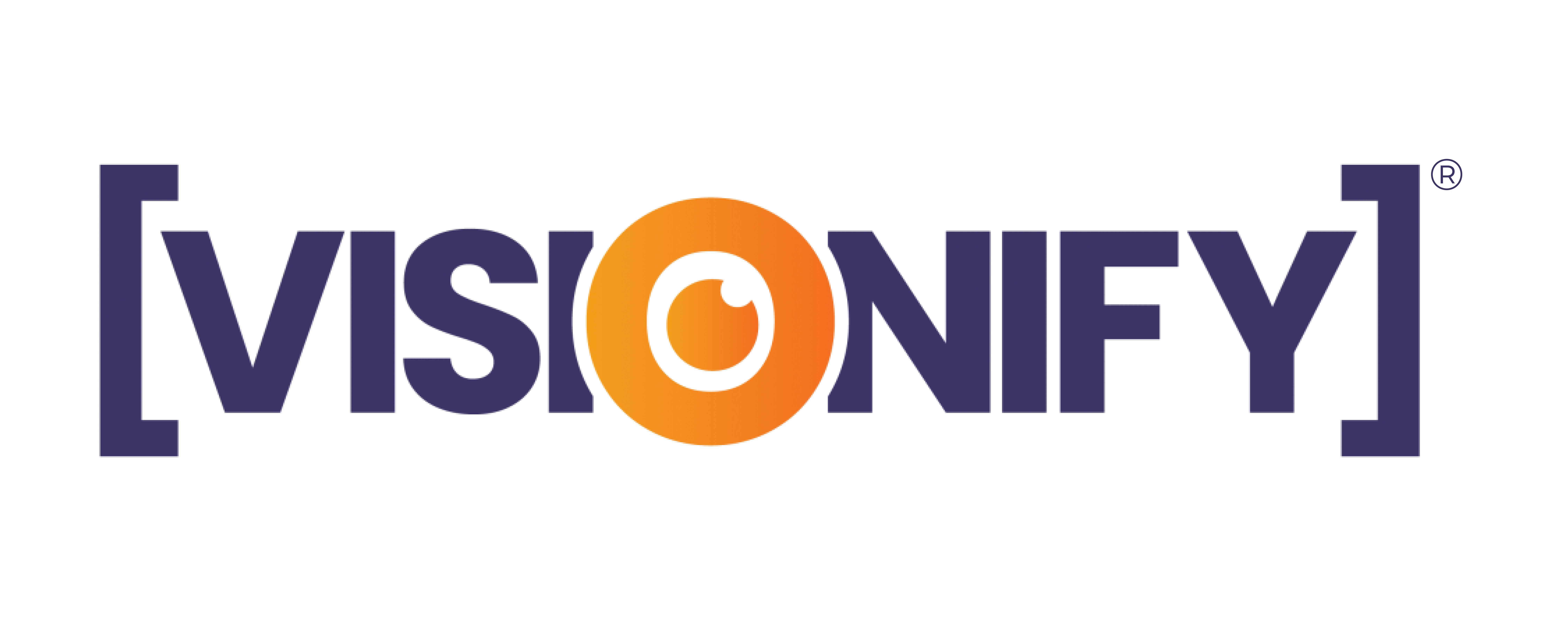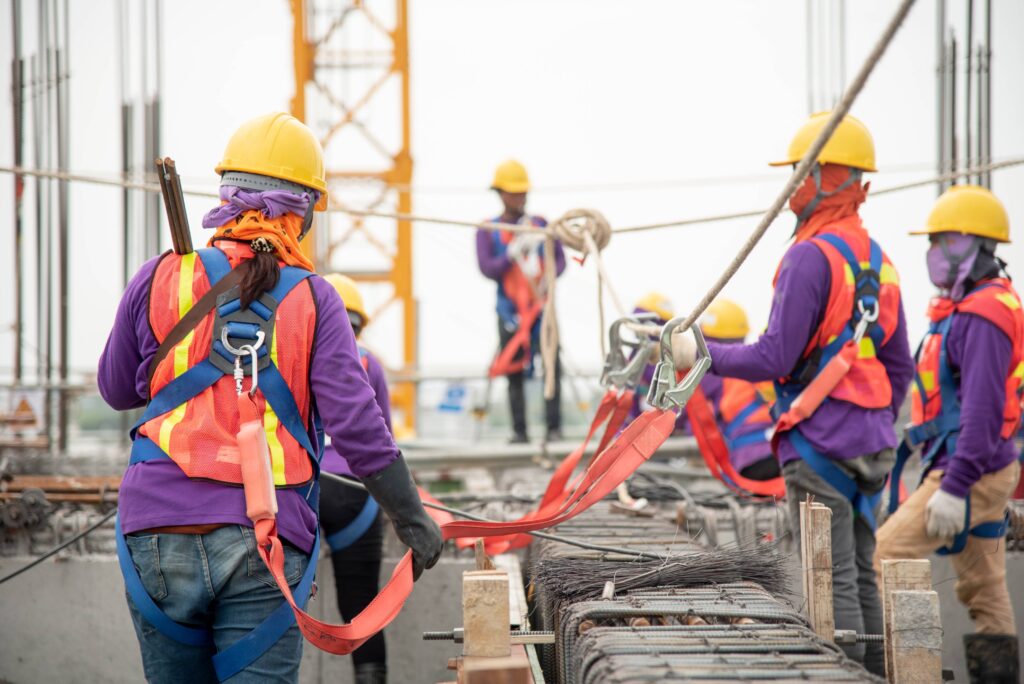Overview of Human Error in Workplace Safety
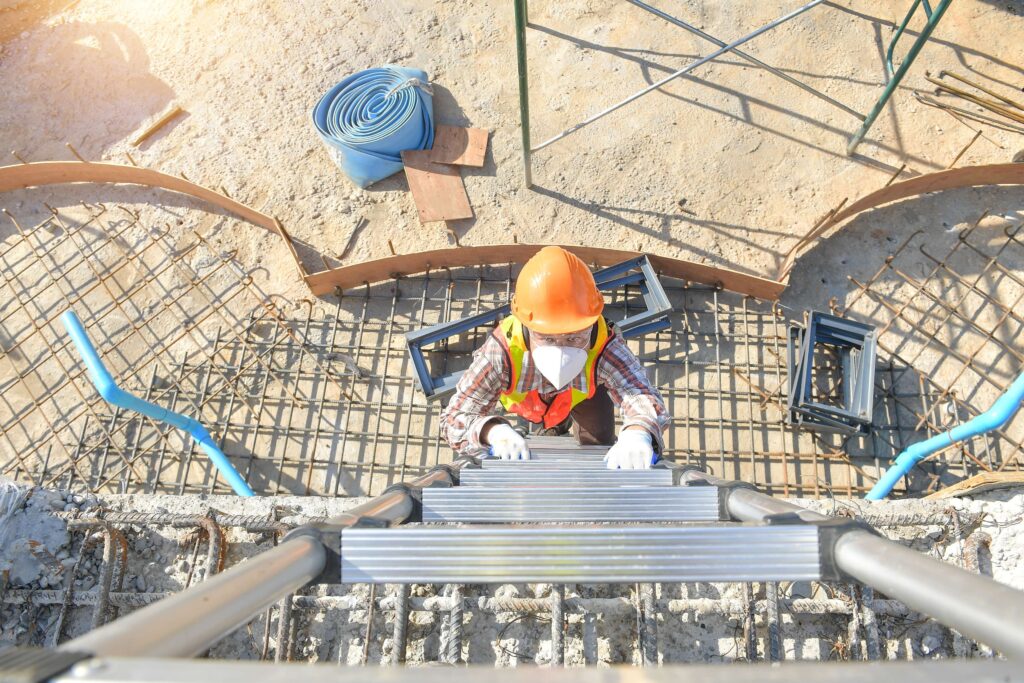
Before we explore the impact and benefits of Vision AI powered Real-Time Monitoring, it is important to understand its need. Human error in the workplace remains a significant challenge, particularly in environments where safety is paramount. Mistakes made by employees, whether due to oversight, misjudgment, or inadequacy in training, can lead to serious consequences, including accidents, equipment damage, and severe injuries. In industries such as manufacturing, construction, and healthcare, where the margin for error is minimal, the repercussions of such mistakes can be costly as well as catastrophic.
Role of Vision AI in Minimizing These Errors
Designed to enhance safety by reducing human errors through advanced monitoring and proactive interventions, Vision AI powered Real-Time Monitoring emerges as a critical technological solution to combat these issues. This technology utilizes machine learning algorithms and Computer Vision to analyze real-time data from video feeds and other sensors within the workplace. By doing so, Vision AI can identify potential safety breaches or deviations from standard procedures early, alerting operators and managers to intervene promptly. This not only helps in preventing accidents but also supports training initiatives by providing feedback on worker performance, ensuring that safety standards are consistently met and maintained across all operations.
Understanding Human Error in Industrial Settings
Human errors in industrial environments can be broadly categorized into several types, each with distinct impacts on safety and operational efficiency:
Types of Human Errors in the Workplace
Operational Mistakes: Errors made during the execution of tasks, often stemming from misinterpretations or incorrect application of procedures.
Oversight Errors: Failures to complete required actions, typically resulting from distractions or memory lapses.
Decision Errors: Incorrect choices made when employees misinterpret critical data or system operations, often due to inadequate information.
Skill-Based Errors: Slips or lapses that occur during routine operations that require specific skills, leading to deviations from established safety measures.
Contributing Factors
A variety of factors contribute to human error in industrial settings, including:
Fatigue: Extended work periods and physically demanding tasks can lead to worker exhaustion, diminishing their operational accuracy and alertness.
Lack of Training: Inadequate training on complex machinery and essential safety procedures can increase the risk of errors.
Environmental Conditions: Harsh or uncomfortable working conditions, such as poor lighting, excessive noise, or extreme temperatures, can negatively impact worker performance and concentration.
Psychological Stress: The pressure of deadlines and high-stakes environments can compromise employees’ decision-making processes and attention to detail.
Negligence: Occasionally, workers may adopt a lax attitude towards safety policies and protocols, resulting in accidents and mishaps.
Acknowledging these types of errors and their causes is crucial for implementing effective measures to reduce risk and improve safety in the workplace. Vision AI assists in this area by continuously monitoring operations and providing actionable feedback to correct unsafe practices, thus enhancing overall safety and efficiency.
Vision AI: Enhancing Decision-Making and Precision
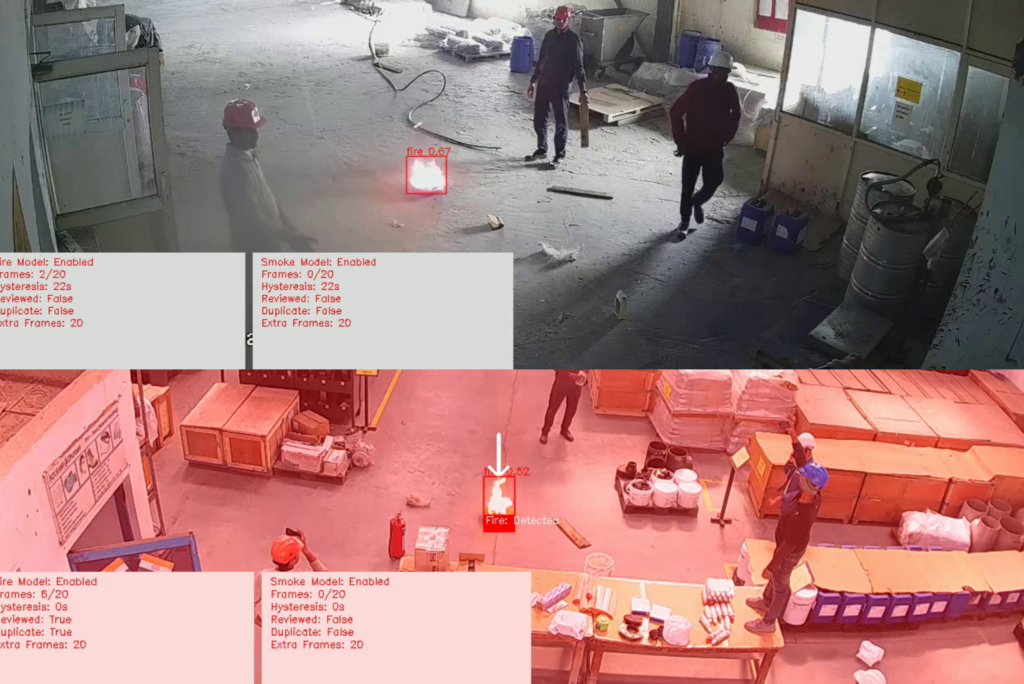
Real-Time Monitoring and Alerts
Vision AI systems transform workplace safety by offering continuous surveillance that operates 24/7. These systems utilize sophisticated algorithms to process and analyze data from cameras and sensors, swiftly identifying any abnormal activities or potential safety risks. Upon detecting irregularities, Vision AI promptly alerts workers and management, enabling them to address issues before they escalate. This real-time feedback is crucial for immediate corrective action, significantly mitigating the risk of accidents and enhancing safety protocols.
Decision Support Systems
Vision AI powered Real-Time Monitoring extends beyond monitoring by significantly aiding in decision-making. By collating and evaluating extensive data, Vision AI equips employees with deep insights that go beyond surface-level observations. It uses trend analysis and historical data to forecast potential hazards, offering recommendations for preventative measures. Vision AI’s guidance helps workers make well-informed decisions that uphold safety standards and improve operational efficiency. For instance, it might suggest safer locations for placing equipment or recommend the best methods to execute specific tasks, ensuring all decisions are supported by comprehensive data analysis and contribute to a safer working environment.
Practical Benefits of Implementing Vision AI powered Real-Time Monitoring
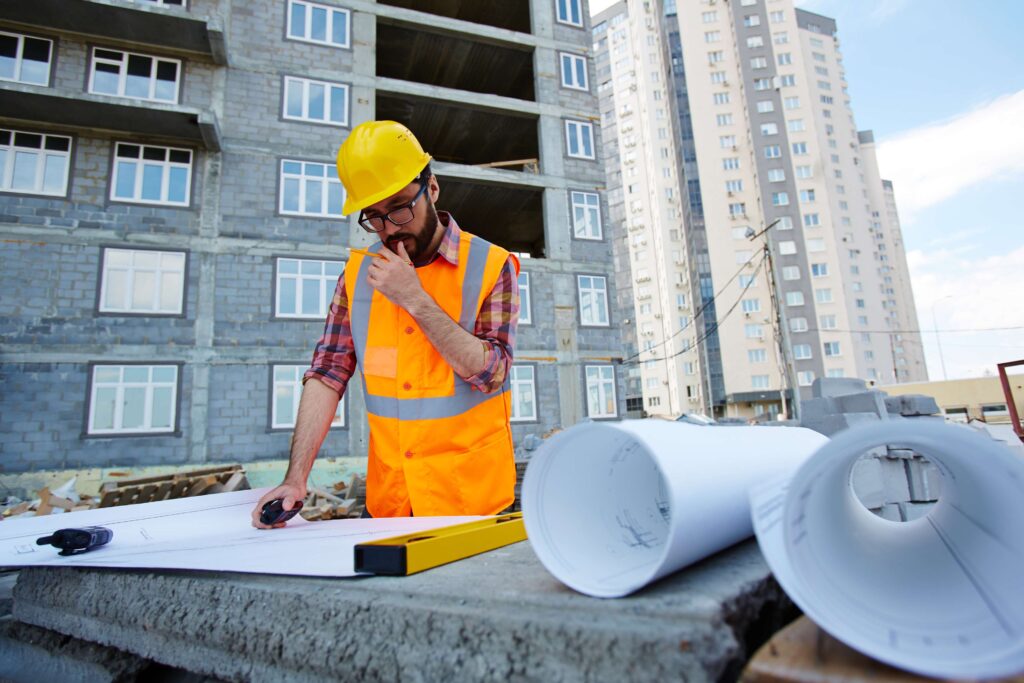
Enhancing Accuracy and Efficiency
Vision AI contributes significantly to improving workplace operations’ accuracy and efficiency. Vision AI can preemptively identify and rectify potential errors or inefficiencies before they escalate by leveraging its capability to analyze and interpret environmental visual data in real-time. This proactive detection leads to a substantial reduction in error rates and cuts down on the time required for human intervention, thereby enhancing productivity. The high precision of Vision AI ensures that tasks are performed correctly on the first attempt, minimizing the need for expensive and time-consuming corrections.
Training and Continuous Improvement with Vision AI powered Real-Time Monitoring
Vision AI also plays a crucial role in the training and development of employees. By employing scenario-based simulations, Vision AI provides a risk-free training environment where workers can develop and refine their skills. These simulations replicate real-life situations, offering a dynamic learning experience that prepares employees for on-the-job challenges. Additionally, Vision AI continuously assesses workers’ performance, providing constructive feedback based on their actions. This ongoing evaluation and feedback process helps consistently improve worker proficiency and precision, ultimately leading to a more competent and safety-conscious workforce.
Conclusion: The Future of Workplace Safety with AI
Looking ahead, the influence of Vision AI in bolstering workplace safety is expected to grow even more significant. Ongoing advancements in AI and machine learning will enhance the accuracy and efficiency of Vision AI systems, allowing them to preempt and mitigate hazards with unprecedented precision. We anticipate future versions of Vision AI will employ more advanced learning algorithms capable of predicting potential safety incidents with greater accuracy and expedience, thereby further minimizing human error.
Moreover, the integration of Vision AI powered Real-Time Monitoring with other technological innovations such as the Internet of Things (IoT) and big data will bring significant benefits. This synergy will facilitate a seamless flow of data across various platforms, enhancing the context and usefulness of the safety measures implemented, and creating a more interconnected and comprehensive safety management system.
As Vision AI continues to evolve, it will offer increasingly adaptable solutions tailored to meet the unique challenges of various industries. This adaptability will enable businesses across all sectors to implement highly effective, bespoke safety strategies that address their specific operational needs, demonstrating the versatility and potential of Vision AI.
In conclusion, the trajectory for workplace safety powered by Vision AI is highly promising. It is poised to revolutionize safety protocols by transitioning from reactive measures to a proactive and preventive approach. This advancement promises to make workplaces safer, more efficient, and adaptive to emerging challenges, ensuring comprehensive protection for both employees and assets.
